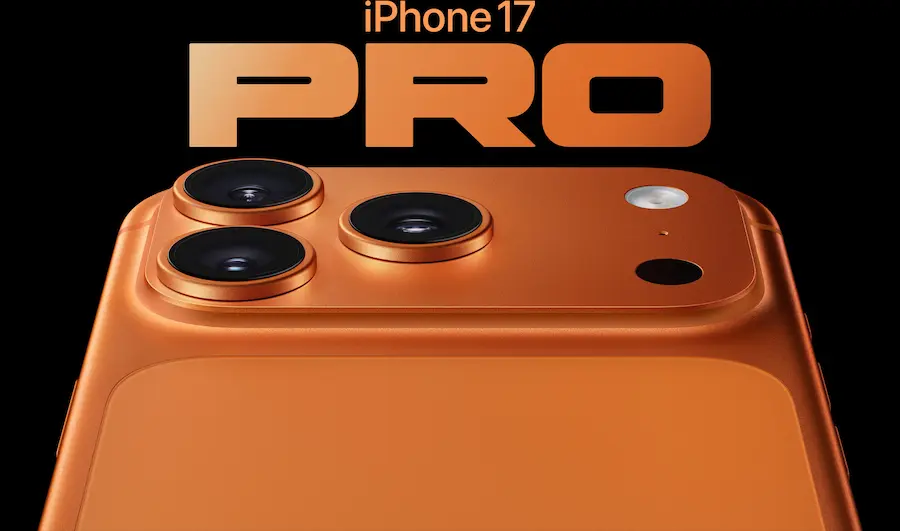The launch of the iPhone 17 Pro and Pro Max arrived loaded with hype for their power, polished design and stunning cameras; however, the conversation has shifted to an unexpected point: scratches that some users are seeing far too soon. The community has already dubbed it “Scratchgate”, and it’s no coincidence, because the issue has ignited strongly on social media. Is it up to the standards of a phone that approaches — and even exceeds — €1,200?
What “Scratchgate” Is and What Users Are Reporting
The case is straightforward: buyers of the iPhone 17 Pro and Pro Max have begun sharing photos and accounts of visible marks on the screen, on the rear panel and even around the lens area, despite what they describe as normal use. Posts with the trending hashtag are piling up on Twitter and Instagram, showing that some scratches appear within a few days or weeks, something that, for many, doesn’t match what they expect from a premium device.
The controversy is particularly notable because Apple touts the Ceramic Shield on the front, a material the company positions as more resistant to impacts than other glass on the market. However, users’ reports have ignited the classic debate between drop resistance and scratch resistance, two properties that don’t always move in tandem. In addition, the glass back — key for wireless charging — and the chassis have come under scrutiny regarding everyday durability, especially when the phone rests on tables, in bags or in pockets with other objects.
The conversation, amplified by creators and reviewers, has escalated quickly. Even influential voices in the tech world, like Marques Brownlee, have pointed out that, despite outstanding performance, the appearance of scratches mars the overall experience. And when price and expectations are so high, the debate becomes inevitable.

If it has already happened to you, the roadmap is clear and official: evaluation at a service center, assessing options under warranty and, going forward, adopting additional protection. Also, avoiding carrying the phone together with keys or sharp objects in pockets or bags helps reduce exposure to micro-abrasions. There are no magic tricks or quantum-lab hacks here; it’s the pragmatic approach the brand itself suggests, as simple as applying a good screen protector at first boot, like those geek routines we have when first starting up and configuring security.
Impact for the Brand, Users and What Might Come
Beyond the initial anger, “Scratchgate” hits a sensitive nerve: the expectations of someone investing in a flagship. Apple has built its reputation on perceived quality and a premium experience; therefore, these reports have opened a debate about whether the bar is being met. In such a competitive market, with solid alternatives from Samsung, Google or OnePlus, any crack in the armor can tip the balance toward whoever offers a better balance of design, performance and durability.
Social media have been the megaphone that amplified everything, and rival brands are already highlighting the durability of their materials as a selling point. This tussle is not new in the tech industry — much like debates about chip efficiency or graphical performance — but here the focus is on everyday feel, on how the glass stands up to micro-contacts and less friendly surfaces.
Looking ahead, public pressure could push Apple to review processes and materials for future product cycles. The goal would be to recover that “elegant tank” feeling many expect from an iPhone Pro: keep the Ceramic Shield for impact resistance, but optimize behavior against scratches on the screen and back, all without sacrificing features like wireless charging. Meanwhile, users will have to decide whether to opt for extra protection from day one or trust official support if an issue appears.
In short, “Scratchgate” is not just a thread of complaints; it’s a reminder that in a flagship, the devil is in the details. If Apple handles this episode well — clear communication, effective support and design or supply adjustments — trust can be reinforced. If not, others will be happy to take that space, because in the mobile world every micron counts, and the geek community doesn’t forgive when the finish doesn’t live up to their mental benchmark.


